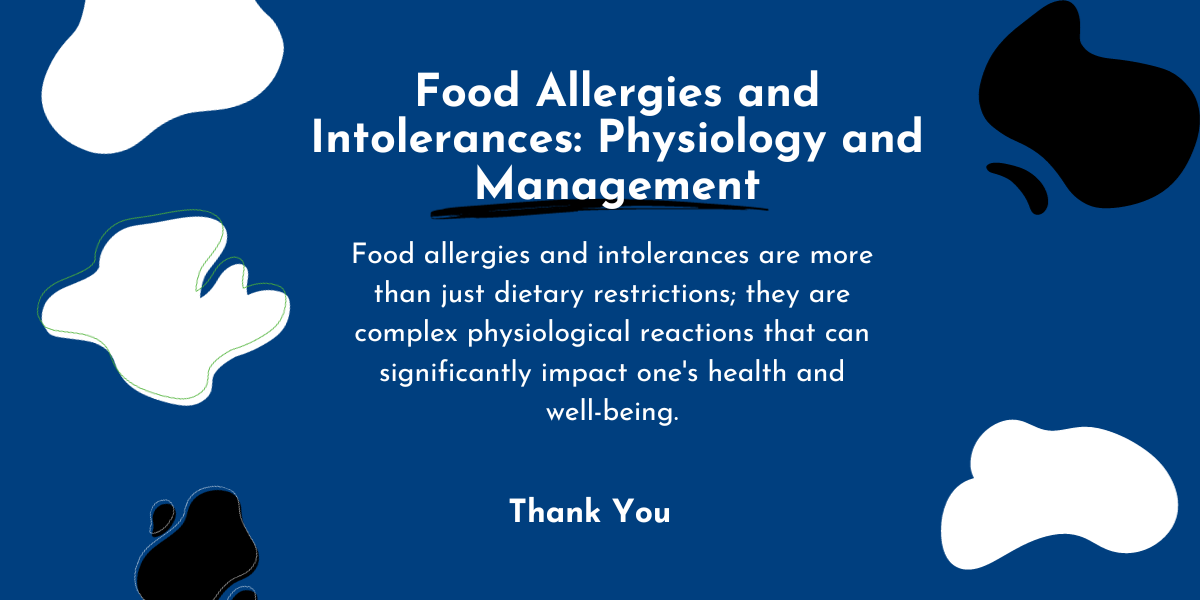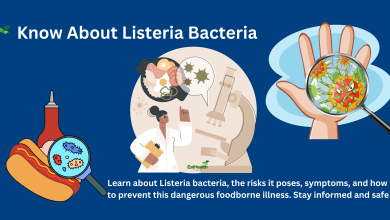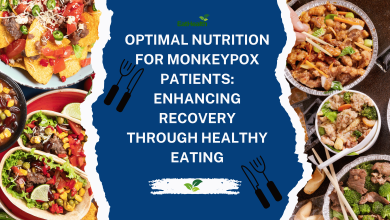Food
Food Allergies and Intolerances: Physiology and Management
Navigating Food Allergies and Intolerances: Physiology and Practical Solutions
Understanding Food Allergies and Intolerances: Physiology and Effective Management
Food allergies and intolerances are more than just dietary restrictions; they are complex physiological reactions that can significantly impact one’s health and well-being. In this comprehensive blog post, we will delve into the physiology behind food allergies and intolerances and provide practical insights for effective management and improved quality of life.
Differentiating Food Allergies and Intolerances
- Food Allergies:
- Explore the immune system’s role in triggering allergic reactions to certain foods.
- Food Intolerances:
- Understand the mechanisms behind food intolerances, such as lactose and gluten intolerance.
Common Culprits: Allergenic and Intolerant Foods
-
Major Allergens:
- Identify the most common food allergens, including peanuts, tree nuts, dairy, and shellfish.
-
Intolerant Foods:
- Highlight foods that commonly lead to intolerances, such as lactose, fructose, and gluten.
Physiological Responses: Allergy vs. Intolerance
- Immune System Activation:
- Explain how the immune system reacts to allergenic proteins, leading to allergic symptoms.
- Digestive System Disruption:
- Detail how intolerant foods disrupt digestion and cause gastrointestinal discomfort.
Diagnosis and Testing
-
Allergy Testing:
- Discuss various allergy testing methods, including skin tests and blood tests.
-
Intolerance Diagnosis:
- Explain diagnostic approaches for identifying food intolerances, such as elimination diets and breath tests.
Management and Lifestyle Adjustments
- Allergy Management:
- Offer strategies for avoiding allergenic foods and dealing with accidental exposures.
- Intolerance Lifestyle:
- Provide tips for managing food intolerances through dietary modifications and enzyme supplements.
Living with Food Allergies and Intolerances
-
Nutritional Considerations:
- Discuss how to maintain a balanced diet while accommodating food restrictions.
-
Eating Out and Social Settings:
- Offer guidance on navigating restaurants and social events with food allergies and intolerances.
Educating Others
-
Food Allergy Awareness:
- Emphasize the importance of raising awareness about food allergies and advocating for those affected.
-
Supporting Friends and Family:
- Share tips for friends and family members on providing a safe and inclusive environment.
Conclusion
Food allergies and intolerances can be challenging, but with a deeper understanding of their physiology and effective management strategies, individuals can lead fulfilling lives while prioritizing their health. By educating oneself and others, we can create a more empathetic and inclusive society that accommodates the diverse dietary needs of all its members.





